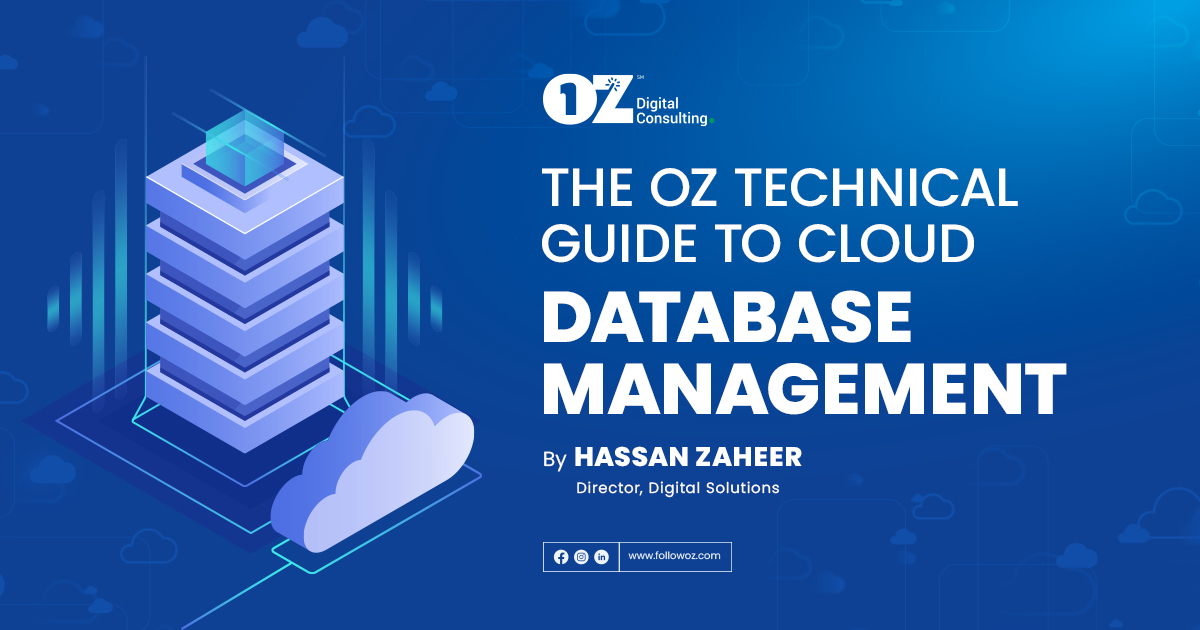As we enter the age of the cloud, is it possible to leverage the same—or, better yet, greater—level of data processing, management, and access capabilities on-premises databases offer after migrating to the cloud?
The answer is—with the right modern cloud database management system and the right partner at your side—absolutely.
Here are a few advantages cloud databases present that every forward-looking business:
- Increased Scalability and Flexibility. Cloud database systems can be easily scaled up by adding more processing and storage capacity when workloads increase. Some vendors offer autoscaling features that do this dynamically—which is to say, without users needing to submit a request. In addition, an organization can quickly deploy new databases and shut down ones that it no longer needs, matching its database strategy to the speed of business.
- Faster Access to New Features. With on-premises databases, users typically need to wait for and then install a software upgrade to get new features and functionality. DBaaS vendors can update their cloud databases on an ongoing basis, enabling organizations to take advantage of new features as soon as they’re available.
- Cost Savings. By reducing capital expenditures, data center operating costs, and space needs in IT facilities—as well as shifting staff to other higher-value priorities—businesses can get a budgetary bump from cloud database management. A caveat: Pay-as-you-go cloud services can cost more than planned if resource utilization exceeds expectations or, conversely, if excess capacity goes unnoticed. To realize the full advantage, you must think strategically and, to accelerate the process, consult seasoned experts.
- More Reliable Systems with Guaranteed Uptime. Cloud vendors provide high availability, automated backup, and disaster recovery capabilities that may be more advanced than what an organization implements itself. They also guarantee uptime percentages as part of their cloud service-level agreement, giving them an incentive to keep cloud database platforms running smoothly.
Beyond migrating and managing structured data, data integration, ETL (extraction, transformation, and loading), and iPaaS (integration platform as a service) tools are designed to move and manage enterprise applications and databases in the cloud.
Choices in the Cloud
Organizations that implement databases in the public cloud choose between the following two deployment models:
- Self-managed database. This is an infrastructure as a service (IaaS) environment, in which the database runs in a virtual machine on a system operated by a cloud provider. The provider manages and supports the cloud infrastructure, including servers, operating systems, and storage devices.
- Managed database service. Database as a service (DBaaS) environments are fully managed by the vendor, which could be a cloud platform provider or another database vendor that runs its cloud DBMS on a platform provider’s infrastructure. Under the DBaaS model, both the system infrastructure and the database platform are managed for the customer. The DBaaS vendor handles provisioning, backups, scaling, patching, upgrades, and other basic database administration functions, while the DBA monitors the database and coordinates with the vendor on some administrative tasks.
A wide variety of cloud databases are available, matching the different types of database technologies that can be deployed on-premises. At this point, virtually every database vendor offers its software in the cloud. That includes cloud-native databases developed specifically for use in cloud environments and existing on-premises databases that now support the cloud.
The following are the key types of databases that cloud users can take advantage of:
- Cloud data warehouses. Initially developed to provide data warehousing capabilities for business intelligence and reporting applications, they typically now also support data lake development, machine learning, and other advanced analytics functions.
- NoSQL databases. NoSQL systems forego the rigid schemas of relational databases, making them a better option for unstructured data. There are four major NoSQL product categories: document databases, graph databases, wide-column stores, and key-value databases.
- Relational databases. SQL-based relational software has dominated the database market since the 1990s and remains the most widely used technology, particularly well-suited for transaction processing and other applications involving structured data.
- Multi-model databases. They support more than one data model, enabling them to run a wider set of applications. Many relational and NoSQL databases now qualify as multi-model through add-ons — for example, the addition of a graph module to a relational DBMS.
- Distributed SQL databases. Initially labeled as NewSQL, these technologies distribute relational databases across multiple computing nodes to create transactional systems that can provide NoSQL-like levels of scalability.
Much like other types of DBMS technologies, cloud database platforms include a set of components that work together to process and manage data.
Key cloud database management system components include:
- a database access language, such as SQL, for querying and modifying data.
- a storage engine that manages data storage.
- a metadata catalog that contains data about database objects.
- a query optimization engine and a separate query processor.
- a lock manager to control concurrent access to data.
- a set of database management utilities.
Regardless of where you are on your digital transformation journey, OZ can help you save money, increase scalability, gain competitive advantage, and improve business efficiency and operations. Find out more about our cloud services and assessment offerings here.

